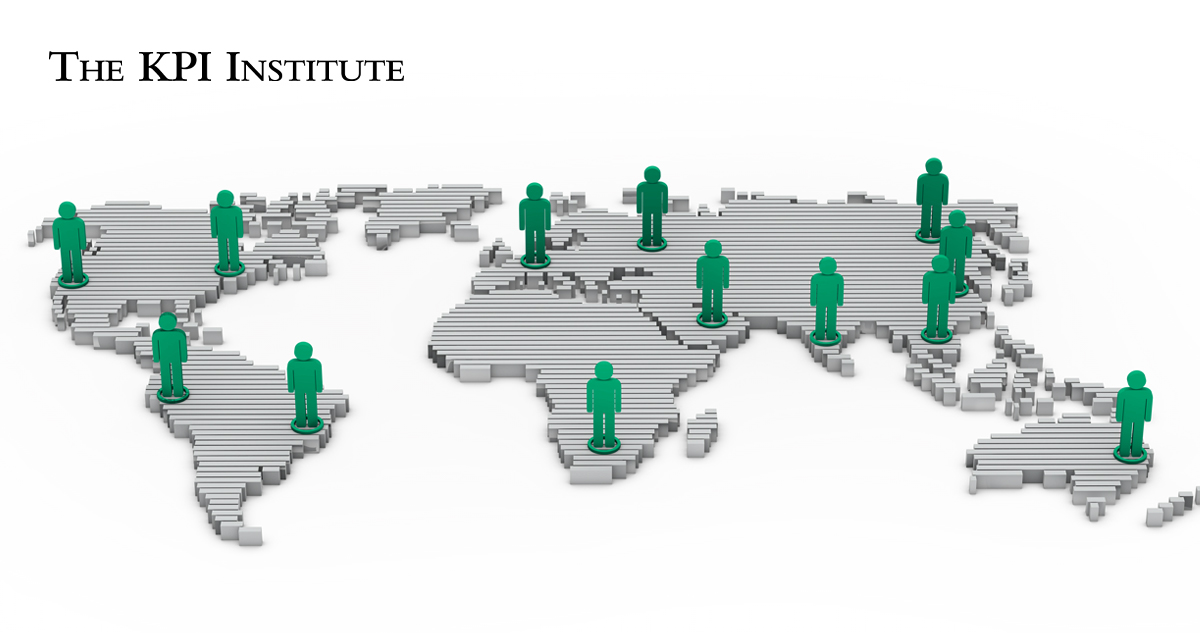What geopolitical and economic drivers reshape strategy and performance management today

The 2025 Global Trends Brief, by The KPI Institute, emerges as a vital resource, offering comprehensive insights into the forces set to shape the strategic direction of organizations worldwide. Drawing from an extensive analysis of over 100 industry publications, expert commentaries, and in-depth studies, the report highlights the primary drivers of change across six critical dimensions: Geopolitical, Economic, Socio-Cultural, Environmental, Technological, and Legal.
In this article, we take a closer look at the first two driving factors, which are Geopolitical and Economic. Let’s unpack the early signals of change that are already influencing how businesses approach strategy, risk, and performance.
Geopolitical: rising tensions, shifting alliances
Geopolitical instability is increasingly disrupting the flow of goods, capital, and operations. Ongoing global conflicts are straining supply chains, leading to delays, elevated costs, and strategic uncertainty for multinational organizations.
At a broader level, traditional alliances are shifting. The U.S. is aligning more closely with Russia, while its relationship with Europe continues to diverge, signaling a notable departure from past geopolitical norms. This realignment hints at a fragmented global order, where businesses must closely monitor political developments to safeguard continuity.
Further adding to the complexity is the growing risk of nuclear escalation, driven by the wider spread of nuclear technology and intensifying rivalries among nuclear-armed states. With state-based armed conflicts expected to rise in both frequency and intensity, organizations face a heightened need for agile, responsive strategies.
Meanwhile, new U.S. tariffs on major trade partners, including Canada, Mexico, and China, are reshaping global trade dynamics. These policy shifts are prompting companies to reassess sourcing models and diversify supply networks to remain resilient.
Economic: resilience with underlying shifts
Despite geopolitical turbulence, the global economy shows signs of steadiness. Headline inflation is projected to ease throughout most of 2025, although the possibility of further tariff increases later in the year could create upward pressure in the second half.
Growth remains moderate but consistent, with a clear demonstration of economic resilience. Underneath this surface, however, a long-term transfer of global wealth and power is taking place—from the West to the East—reshaping global investment patterns and economic influence.
Small businesses are playing an increasingly central role, driving innovation and contributing significantly to job creation and local growth. Meanwhile, the global unemployment rate holds steady, offering a layer of stability in an otherwise evolving economic landscape.
These two forces offer only a glimpse of what’s shaping business in 2025. To explore key figures, referenced studies, and detailed analysis on how each component impacts strategy and performance management practices, download the full 2025 Global Trends Brief by The KPI Institute. Stay tuned for our upcoming articles as we unpack the remaining four drivers in detail.







